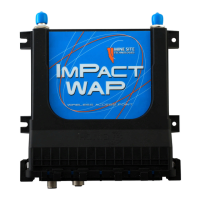Why is my MST ImPact WAP not working when connected to the Wireless Network Switch?
- TTracy GreenAug 2, 2025
There are several reasons why your MST Wireless Access Point (WAP) might not be working when connected to the Wireless Network Switch. It could be due to insufficient power being available to the WAP. Measure the voltage on the WAP main rail; if it's less than 15VDC, a power inserter is required. Another cause could be that the PoE rail is not enabled in the Wireless Network Switch; enable the PoE feature in the web interface. If the LEDs on the WAP are not lit, the WAP has no power. Verify the WAP is properly connected to the WAP or PoE power supply and test that the voltage/current received by the WAP is between 10-50VDC.

